PIM
How do you organize product content creation for a larger assortment?
June 1, 2023 · 2 min read
Good product information is built up from various types of data. Such as a description, USPs, images and product properties. In the case of larger product ranges, it quickly becomes a lot of work to provide all products with appealing product content that convinces potential customers. I am often asked how an organization can best deal with this. Does a PIM solution solve this "just like that"? Is it a solution to expand the group of people who deal with product information?
What exactly is the right product content for your brand?
There are a number of things that are important. The first point is actually self-explanatory. It starts by looking at what type of data should be part of the product information that is being compiled. There are two important angles:
- What product content motivates a customer to make a purchase? (Think of a description? What features? Information about the application, etc.).
- What product content is needed within the organization? (For example, product information for logistics and reporting purposes).
If a format for product content (the golden record) is established that complies with this, you will have a good benchmark for the definition of product information in your own organization.
How do you create that product content then?
Secondly, it is worth mapping out how the digital product content is created. Is a new product “born” because this product is manually created in a system? Or is a new product automatically created in a system? The latter by, for example, reading a price list from a supplier with new products into a PIM system or ERP solution. It is also important to check whether there are other sources available that can help gather product information in the sector in which you are active. Such as GS1 for food and DIY, CNET / Icecat for electronics and TecDoc for the automotive sector.
Want to know more about product content?
Are you curious about ways to optimize your product content? Feel free to contact us or request a demo.

Written by: Arnout Schutte







